

Pasqual Pere Moles i Coronas, also known as Pedro Pascual Moles (23 October 1741, Valencia - 26 October 1797, Barcelona) was a Spanish engraver who served as the first Director of the Escola de la Llotja; a position he held until his death. [1]


Pasqual Pere Moles i Coronas, also known as Pedro Pascual Moles (23 October 1741, Valencia - 26 October 1797, Barcelona) was a Spanish engraver who served as the first Director of the Escola de la Llotja; a position he held until his death. [1]
His father, Salvador, was a bookseller. He originally studied with José Vergara and José Camarón; followed by studies at the newly opened Real Academia de Bellas Artes de San Carlos in Valencia. Later, he was a student of Francesc Tramulles i Roig in Barcelona. He decided to remain there. In 1762, became an engraver for the Junta de Comercio , and participated in creating engravings for the Máscara Real (Royal Mask, 1764), a theatrical event in 1759 that celebrated the arrival of King Charles III and his wife, Maria Amalia of Saxony, in Barcelona. His contributions led to his being named a Supernumerary Academic at the Real Academia de Bellas Artes de San Fernando. Thanks to a pension granted by the Junta, he was able to improve his skills by studying in Paris with Nicolas-Gabriel Dupuis and Charles-Nicolas Cochin, from 1766 to 1774.
He was one of the founders of the "Escuela Gratuita de Diseño" (Free School of Design, now the Escola de la Llotja), sponsored by the Junta de Comercio, which opened in 1775 at the Llotja de Mar . As Director, he was an advocate of the academic approach of Anton Raphael Mengs, and was opposed to the traditional method of teaching art as a profession. In addition to organizing the school, he helped create the school's museum, which became the first art museum in Catalonia; currently located at the Reial Acadèmia Catalana de Belles Arts de Sant Jordi. During these years, he continued to work as an engraver; becoming an expert in chalcography. After 1779, he devoted much time and effort contributing to illustrations for the Memorias históricas by Antonio de Capmany. [2]
After a brief period of mental instability, which received only passing notice from his associates, he committed suicide by throwing himself from one of the school's windows. [1]

Ramón Martí i Alsina was a Spanish painter in the Realistic style.
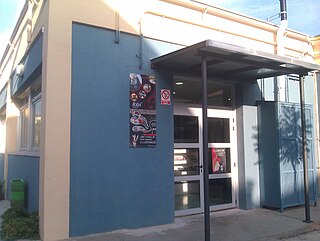
The Escola de la Llotja, officially the Escola d'Arts i Oficis de Barcelona, is an art and design school located in Barcelona, Catalonia, Spain. The school took its name from its initial location in the Llotja de Mar palace; it was moved in 1967 to its current location at 17 Ciutat de Balaguer Street. The first director of the school was Valencian engraver Pedro Pascual Moles, who oriented the school towards academic art advocated by painter Anton Raphael Mengs.
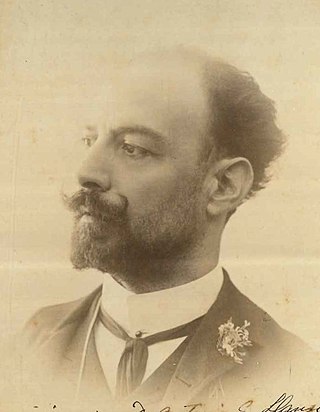
Baldomer Galofre i Giménez, in Spanish: Baldomero Galofré y Jiménez was a Spanish painter.
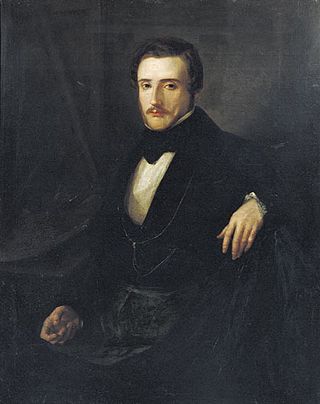
Lluís Rigalt i Farriols was a Spanish landscape painter and graphic artist.

Antoni Caba i Casamitjana was a Spanish painter who worked in the Realistic style and is best known for his portraits.

Pelegrí Clavé i Roqué sometimes Pelegrin Clavé was a Spanish painter in the Romantic style who lived and taught in Mexico for many years.
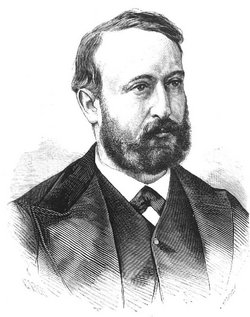
Francisco Sans Cabot, in Catalan: Francesc Sans i Cabot was a Catalan painter who served as Director of the Museo del Prado from 1873 to 1881.
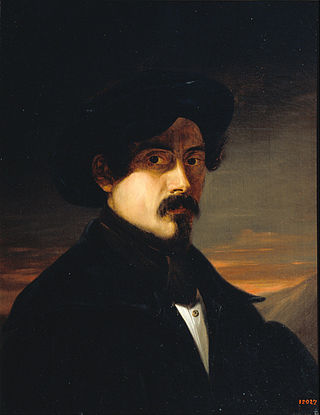
Josep Arrau i Barba was a Catalan painter, noted for his portraits. Described as an "intellectual artist," he was also a pioneer of a contemporary, multi-disciplinary approach to art conservation, and published a number of works on the subject as well as conducting workshops on restoration and conservation work.

Francesc Masriera i Manovens was a Spanish figure painter and goldsmith who was influenced by Orientalism.
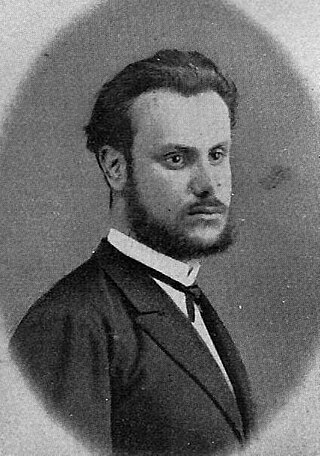
Romà Ribera i Cirera was a Catalan genre painter. He specialized in contemporary scenes from upper-class social events, rendered in meticulous detail, but also did numerous scenes from life in the 17th and 18th centuries.

Josep Masriera i Manovens was a Catalan landscape painter, goldsmith and businessman.

Ramon Vives Ayné was a Catalan painter. He was especially known for still-lifes, portraits and hunting scenes. Most of his work was in a naturalistic style. Some sources give his year of death as 1904.

Agapit Vallmitjana i Barbany was a Spanish sculptor, in the Realist style. His brother Venanci was also a sculptor, with whom he usually collaborated.
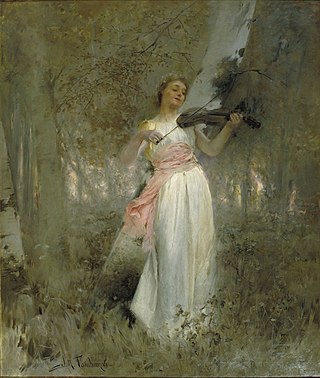
Josep Maria Tamburini i Dalmau was a Catalan art critic and painter, in the Symbolist style.

Francesc Torrescassana i Sallarés was a Catalan painter; primarily of landscapes.
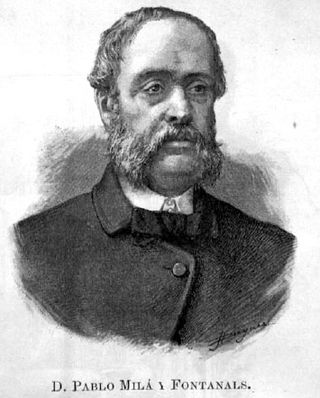
Pau Milà i Fontanals was a Spanish painter, writer and professor; specializing in art history and aesthetics.

Damià Campeny i Estrany was a Spanish sculptor in the Classical style.

The Royal Barcelona Board of Trade or Chamber of Commerce was the leading institution for regulating, representing and promoting Catalan commercial and industrial activity in the 18th and 19th century with jurisdiction over the whole Principality of Catalonia. It was created in Barcelona in 1758 and replaced in 1847 by the Provincial Board of Agriculture, Industry and Commerce.
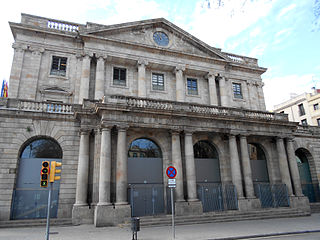
The Llotja de Barcelona or Llotja de Mar is a building located on Passeig d'Isabel II, in the La Ribera neighbourhood of Barcelona. The current 18th century neoclassical building is considered one of the finest neoclassical building in Barcelona. Hidden within its walls, is the core of the original medieval llotja known as the saló de Contractacions, one of the finest civil gothic buildings in the Mediterranean. Originally conceived to provide merchants with a place for commercial transactions, it has also been used as a wheat store, an entertainment space, as a weapon magazine, a military barracks and the seat of the Consulate of the Sea and the Royal Barcelona Board of Trade. Today it houses the Cambra de Comerç and the Reial Acadèmia Catalana de Belles Arts de Sant Jordi.

Emília Coranty Llurià was a Spanish painter and drawing teacher connected with Barcelona and Valls.
![]() Media related to Pasqual Pere Moles at Wikimedia Commons
Media related to Pasqual Pere Moles at Wikimedia Commons